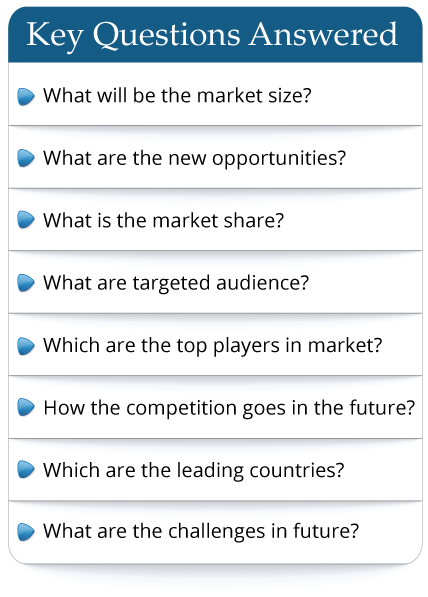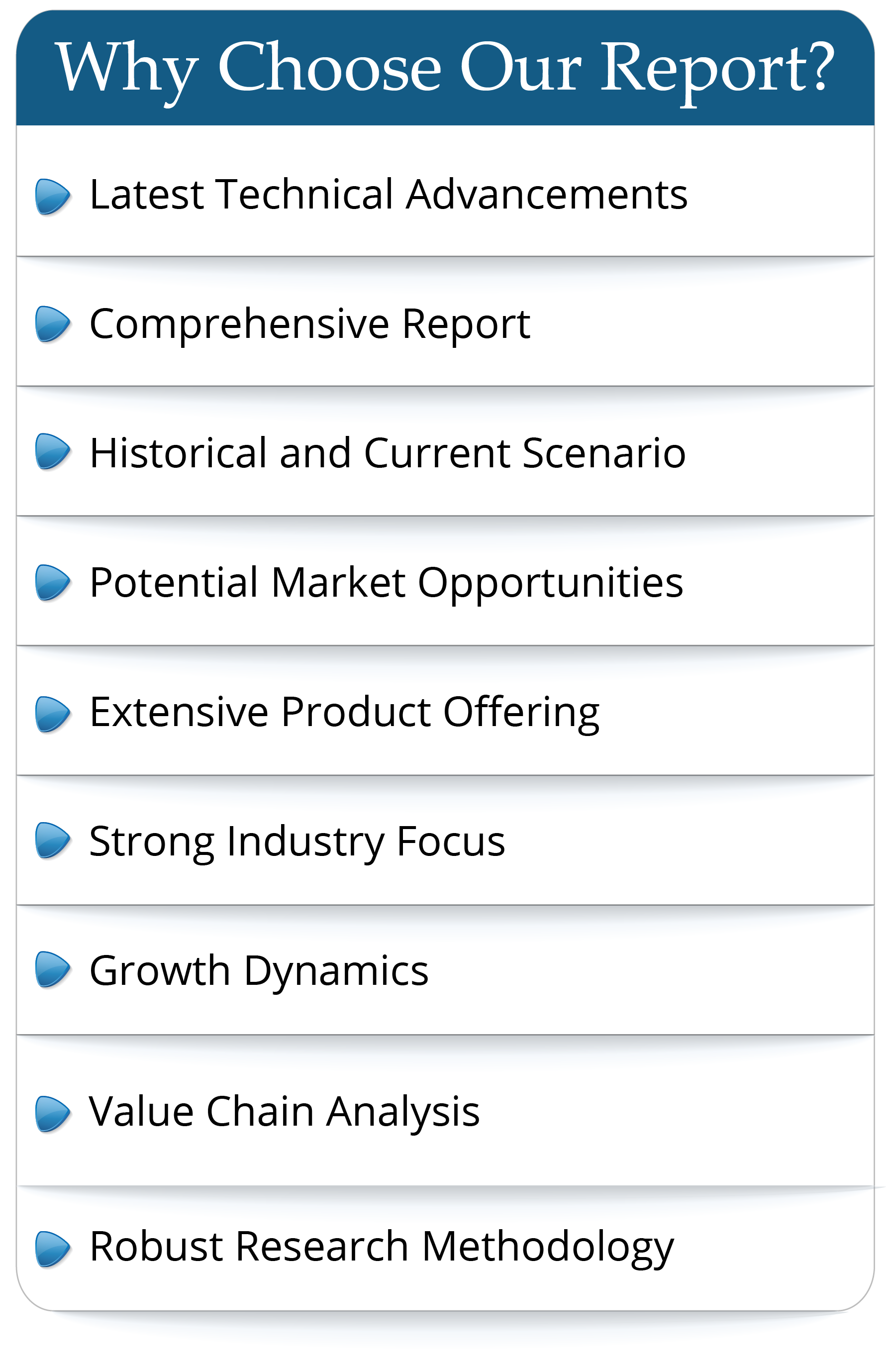Laboratory moisture analyzers, also known as moisture balances or moisture meters, are versatile instruments used to determine the moisture content of a wide range of materials. They are commonly employed in research laboratories, quality control departments, and production facilities across various industries.
The global Laboratory Moisture Analyzers market was valued at US$ 279 million in 2023 and is anticipated to reach US$ 382.8 million by 2030, witnessing a CAGR of 5.1% during the forecast period 2024-2030.
The global market for laboratory moisture analyzers is anticipated to witness steady growth in the coming years. Quality Control Requirements: The increasing focus on quality control and assurance across various industries drives the demand for accurate and reliable moisture analysis. Laboratory moisture analyzers are essential instruments in ensuring product quality, compliance with industry standards, and meeting customer expectations. Regulatory Compliance: Stringent regulations and quality standards imposed by regulatory bodies in industries such as food and pharmaceuticals require precise moisture analysis. Laboratory moisture analyzers play a vital role in verifying compliance with these regulations, ensuring product safety and integrity. Research and Development: Moisture analysis is critical in research laboratories to understand material behavior, optimize processes, and develop new products. Constant advancements in industries like pharmaceuticals, food, and chemicals drive the need for moisture analyzers that can provide accurate and rapid results to support research and development activities. Diverse Industry Applications: Laboratory moisture analyzers find applications across a wide range of industries, including food and beverages, pharmaceuticals, cosmetics, chemicals, agriculture, and environmental testing. Each sector requires moisture analysis for different purposes like product formulation, process control, shelf-life determination, or raw material assessment, contributing to market growth. Technological Advancements: Manufacturers are continuously investing in research and development to improve the performance and functionality of laboratory moisture analyzers. This includes enhancements in accuracy, precision, speed, user interface, connectivity options, and data management capabilities. Technological advancements attract customers looking for advanced moisture analysis solutions. Market Expansion in Emerging Economies: Emerging economies, particularly in Asia-Pacific and Latin America, are witnessing significant growth in various sectors. Rapid industrialization, urbanization, and increasing focus on quality control in these regions drive the demand for laboratory moisture analyzers. These markets offer significant growth opportunities for manufacturers and suppliers. COVID-19 Impact: The COVID-19 pandemic has highlighted the importance of quality control and hygiene measures, particularly in industries like pharmaceuticals and food. The need for accurate moisture analysis to ensure product safety and reliability has gained even more prominence during this time, bolstering the demand for laboratory moisture analyzers.
This report aims to provide a comprehensive presentation of the global market for Laboratory Moisture Analyzers, with both quantitative and qualitative analysis, to help readers develop business/growth strategies, assess the market competitive situation, analyze their position in the current marketplace, and make informed business decisions regarding Laboratory Moisture Analyzers.
Report Scope
The Laboratory Moisture Analyzers market size, estimations, and forecasts are provided in terms of output/shipments (K Units) and revenue ($ millions), considering 2023 as the base year, with history and forecast data for the period from 2019 to 2030. This report segments the global Laboratory Moisture Analyzers market comprehensively. Regional market sizes, concerning products by Type, by Application, and by players, are also provided.
For a more in-depth understanding of the market, the report provides profiles of the competitive landscape, key competitors, and their respective market ranks. The report also discusses technological trends and new product developments.
The report will help the Laboratory Moisture Analyzers manufacturers, new entrants, and industry chain related companies in this market with information on the revenues, production, and average price for the overall market and the sub-segments across the different segments, by company, by Type, by Application, and by regions.
Market Segmentation
By Company
Mettler-Toledo
Radwag
Sartorius
OHAUS
KERN
Precisa
Kett
Electronic Wood Systems
A and D Weighing
Adam Equipment
PCE Instruments
LECO
Biolab Scientific
Gehaka
Kalstein
Contech Instruments Ltd
Segment by Type
Halogen Moisture Analyzer
Infrared Moisture Analyzer
Microwave Moisture Analyzer
Others
Segment by Application
Food
Pharma
Chemical
Others
Production by Region
North America
Europe
China
Japan
Consumption by Region
North America
United States
Canada
Europe
Germany
France
U.K.
Italy
Russia
Asia-Pacific
China
Japan
South Korea
China Taiwan
Southeast Asia
India
Latin America, Middle East & Africa
Mexico
Brazil
Turkey
GCC Countries
Chapter Outline
Chapter 1: Introduces the report scope of the report, executive summary of different market segments (by region, by Type, by Application, etc), including the market size of each market segment, future development potential, and so on. It offers a high-level view of the current state of the market and its likely evolution in the short to mid-term, and long term.
Chapter 2: Detailed analysis of Laboratory Moisture Analyzers manufacturers competitive landscape, price, production and value market share, latest development plan, merger, and acquisition information, etc.
Chapter 3: Production/output, value of Laboratory Moisture Analyzers by region/country. It provides a quantitative analysis of the market size and development potential of each region in the next six years.
Chapter 4: Consumption of Laboratory Moisture Analyzers in regional level and country level. It provides a quantitative analysis of the market size and development potential of each region and its main countries and introduces the market development, future development prospects, market space, and production of each country in the world.
Chapter 5: Provides the analysis of various market segments by Type, covering the market size and development potential of each market segment, to help readers find the blue ocean market in different market segments.
Chapter 6: Provides the analysis of various market segments by Application, covering the market size and development potential of each market segment, to help readers find the blue ocean market in different downstream markets.
Chapter 7: Provides profiles of key players, introducing the basic situation of the main companies in the market in detail, including product production/output, value, price, gross margin, product introduction, recent development, etc.
Chapter 8: Analysis of industrial chain, including the upstream and downstream of the industry.
Chapter 9: Introduces the market dynamics, latest developments of the market, the driving factors and restrictive factors of the market, the challenges and risks faced by manufacturers in the industry, and the analysis of relevant policies in the industry.
Chapter 10: The main points and conclusions of the report.
The global Laboratory Moisture Analyzers market was valued at US$ 279 million in 2023 and is anticipated to reach US$ 382.8 million by 2030, witnessing a CAGR of 5.1% during the forecast period 2024-2030.
The global market for laboratory moisture analyzers is anticipated to witness steady growth in the coming years. Quality Control Requirements: The increasing focus on quality control and assurance across various industries drives the demand for accurate and reliable moisture analysis. Laboratory moisture analyzers are essential instruments in ensuring product quality, compliance with industry standards, and meeting customer expectations. Regulatory Compliance: Stringent regulations and quality standards imposed by regulatory bodies in industries such as food and pharmaceuticals require precise moisture analysis. Laboratory moisture analyzers play a vital role in verifying compliance with these regulations, ensuring product safety and integrity. Research and Development: Moisture analysis is critical in research laboratories to understand material behavior, optimize processes, and develop new products. Constant advancements in industries like pharmaceuticals, food, and chemicals drive the need for moisture analyzers that can provide accurate and rapid results to support research and development activities. Diverse Industry Applications: Laboratory moisture analyzers find applications across a wide range of industries, including food and beverages, pharmaceuticals, cosmetics, chemicals, agriculture, and environmental testing. Each sector requires moisture analysis for different purposes like product formulation, process control, shelf-life determination, or raw material assessment, contributing to market growth. Technological Advancements: Manufacturers are continuously investing in research and development to improve the performance and functionality of laboratory moisture analyzers. This includes enhancements in accuracy, precision, speed, user interface, connectivity options, and data management capabilities. Technological advancements attract customers looking for advanced moisture analysis solutions. Market Expansion in Emerging Economies: Emerging economies, particularly in Asia-Pacific and Latin America, are witnessing significant growth in various sectors. Rapid industrialization, urbanization, and increasing focus on quality control in these regions drive the demand for laboratory moisture analyzers. These markets offer significant growth opportunities for manufacturers and suppliers. COVID-19 Impact: The COVID-19 pandemic has highlighted the importance of quality control and hygiene measures, particularly in industries like pharmaceuticals and food. The need for accurate moisture analysis to ensure product safety and reliability has gained even more prominence during this time, bolstering the demand for laboratory moisture analyzers.
This report aims to provide a comprehensive presentation of the global market for Laboratory Moisture Analyzers, with both quantitative and qualitative analysis, to help readers develop business/growth strategies, assess the market competitive situation, analyze their position in the current marketplace, and make informed business decisions regarding Laboratory Moisture Analyzers.
Report Scope
The Laboratory Moisture Analyzers market size, estimations, and forecasts are provided in terms of output/shipments (K Units) and revenue ($ millions), considering 2023 as the base year, with history and forecast data for the period from 2019 to 2030. This report segments the global Laboratory Moisture Analyzers market comprehensively. Regional market sizes, concerning products by Type, by Application, and by players, are also provided.
For a more in-depth understanding of the market, the report provides profiles of the competitive landscape, key competitors, and their respective market ranks. The report also discusses technological trends and new product developments.
The report will help the Laboratory Moisture Analyzers manufacturers, new entrants, and industry chain related companies in this market with information on the revenues, production, and average price for the overall market and the sub-segments across the different segments, by company, by Type, by Application, and by regions.
Market Segmentation
By Company
Mettler-Toledo
Radwag
Sartorius
OHAUS
KERN
Precisa
Kett
Electronic Wood Systems
A and D Weighing
Adam Equipment
PCE Instruments
LECO
Biolab Scientific
Gehaka
Kalstein
Contech Instruments Ltd
Segment by Type
Halogen Moisture Analyzer
Infrared Moisture Analyzer
Microwave Moisture Analyzer
Others
Segment by Application
Food
Pharma
Chemical
Others
Production by Region
North America
Europe
China
Japan
Consumption by Region
North America
United States
Canada
Europe
Germany
France
U.K.
Italy
Russia
Asia-Pacific
China
Japan
South Korea
China Taiwan
Southeast Asia
India
Latin America, Middle East & Africa
Mexico
Brazil
Turkey
GCC Countries
Chapter Outline
Chapter 1: Introduces the report scope of the report, executive summary of different market segments (by region, by Type, by Application, etc), including the market size of each market segment, future development potential, and so on. It offers a high-level view of the current state of the market and its likely evolution in the short to mid-term, and long term.
Chapter 2: Detailed analysis of Laboratory Moisture Analyzers manufacturers competitive landscape, price, production and value market share, latest development plan, merger, and acquisition information, etc.
Chapter 3: Production/output, value of Laboratory Moisture Analyzers by region/country. It provides a quantitative analysis of the market size and development potential of each region in the next six years.
Chapter 4: Consumption of Laboratory Moisture Analyzers in regional level and country level. It provides a quantitative analysis of the market size and development potential of each region and its main countries and introduces the market development, future development prospects, market space, and production of each country in the world.
Chapter 5: Provides the analysis of various market segments by Type, covering the market size and development potential of each market segment, to help readers find the blue ocean market in different market segments.
Chapter 6: Provides the analysis of various market segments by Application, covering the market size and development potential of each market segment, to help readers find the blue ocean market in different downstream markets.
Chapter 7: Provides profiles of key players, introducing the basic situation of the main companies in the market in detail, including product production/output, value, price, gross margin, product introduction, recent development, etc.
Chapter 8: Analysis of industrial chain, including the upstream and downstream of the industry.
Chapter 9: Introduces the market dynamics, latest developments of the market, the driving factors and restrictive factors of the market, the challenges and risks faced by manufacturers in the industry, and the analysis of relevant policies in the industry.
Chapter 10: The main points and conclusions of the report.
Frequently Asked Questions
This market study covers the global and regional market with an in-depth analysis of the overall growth prospects in the market. Furthermore, it sheds light on the comprehensive competitive landscape of the global market. The report further offers a dashboard overview of leading companies encompassing their successful marketing strategies, market contribution, recent developments in both historic and present contexts.
- By product type
- By End User/Applications
- By Technology
- By Region
The report provides a detailed evaluation of the market by highlighting information on different aspects which include drivers, restraints, opportunities, and threats. This information can help stakeholders to make appropriate decisions before investing.

 Pre-order Enquiry
Pre-order Enquiry Request Free Sample
Request Free Sample












